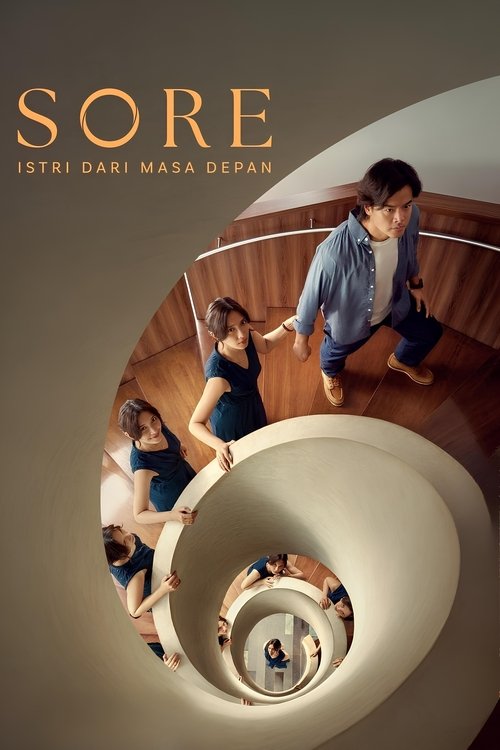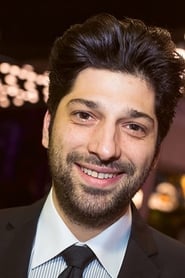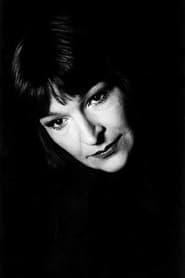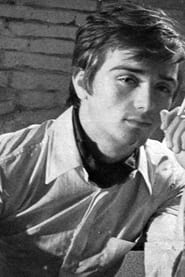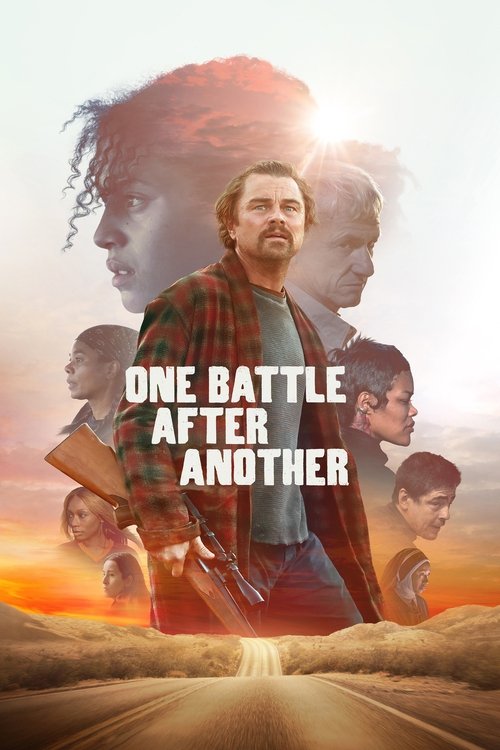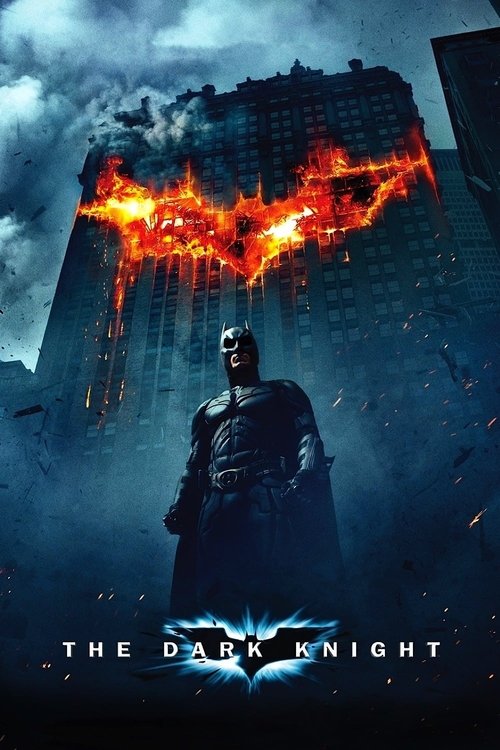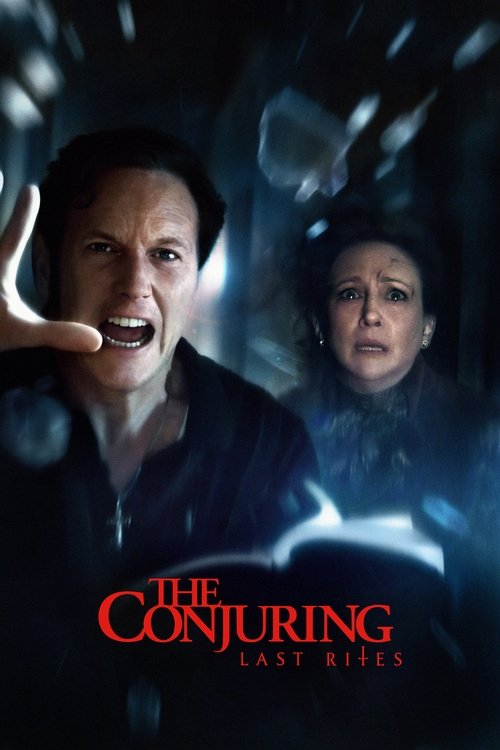
Ask Your Own Question
What is the plot?
Sorry, we aren't able to watch and write up a full detailed plot yet. Check back in a few days.
What is the ending?
Short, Simple Narrative of the Ending
Sore, having repeatedly tried and failed to change Jonathan's future, finally realizes she cannot force him to change. In a final attempt, she helps Jonathan reconnect with his estranged father, but just as they are about to meet, time resets once more. Sore is sent back to the beginning, unable to break the loop. Jonathan remains unchanged, and Sore is trapped in the cycle, her mission unfulfilled.
Expanded, Chronological, Scene-by-Scene Narration of the Ending
The film's final act begins with Sore, exhausted and emotionally drained from countless failed attempts to alter Jonathan's fate. Each time she reveals crucial information about the future--especially his impending death from a heart attack--she collapses, and time resets to the moment of their first meeting. The loops grow shorter and more unpredictable; Sore's control over the situation slips away as time itself seems to rebel against her efforts.
In one pivotal scene, Sore, having witnessed Jonathan's repeated refusal to change his lifestyle, decides to take a different approach. She understands that Jonathan's resistance is rooted in unresolved pain from his past, particularly his estrangement from his father. Sore's motivation shifts from trying to prevent Jonathan's death to helping him heal this old wound, believing that true change must come from within.
Sore arranges for Jonathan to meet his father, Seno. The scene is charged with tension and hope. Jonathan, visibly nervous and defensive, is reluctant but agrees to go. Sore watches from a distance, her face a mix of hope and fear, knowing that this could be her last chance to break the cycle. As Jonathan and his father approach each other in a quiet, sunlit park, the moment feels fragile--a possible turning point for both characters.
Just as Jonathan and Seno are about to speak, time suddenly resets. The world blurs, sounds distort, and Sore finds herself once again in Jonathan's bed at 8:25 AM, the exact moment their story began. The reunion between father and son is erased before it can happen. Sore's face registers shock, then resignation. She realizes that no matter how many times she tries, the outcome remains the same: Jonathan's fate is his own to choose, and her intervention is ultimately powerless.
In the final scene, Sore does not appear to Jonathan this time. She remains unseen, watching him from afar as he goes about his morning routine, oblivious to her presence. Jonathan, unchanged, continues his life as a photographer, preparing for his exhibition, his internal struggles unresolved. Sore, trapped in the loop, is left with the knowledge that love alone cannot force change--that each person must confront their own past and make their own choices.
Fate of the Main Characters at the End
- Sore: Trapped in an unbreakable time loop, Sore is unable to complete her mission. She is physically and emotionally exhausted, having tried every possible way to save Jonathan. In the end, she chooses to step back, becoming an observer rather than an active participant in his life. Her fate is to relive the same cycle indefinitely, a silent witness to Jonathan's unchanging path.
- Jonathan: Remains fundamentally unchanged. He does not reunite with his father, does not alter his lifestyle, and does not avoid the future heart attack Sore warned him about. His emotional barriers stay intact, and he continues his life as before, unaware of Sore's final, unseen attempt to help him.
- Seno (Jonathan's Father): Never actually meets his son in the timeline we see. The potential for reconciliation is present but never realized within the narrative, emphasizing the theme of missed opportunities and the difficulty of healing old wounds.
Key Points the Movie Highlights Through Its Ending
The ending underscores that change cannot be imposed from the outside, no matter how much one loves or how many chances one is given. Sore's journey illustrates the limits of intervention and the pain of loving someone who cannot, or will not, change. The film's structure--repetition, reset, and the gradual loss of control--mirrors the frustration and heartbreak of trying to alter another's destiny. Time, initially a tool for Sore, becomes her adversary, emphasizing that some cycles can only be broken from within. The characters' fates are left unresolved, highlighting the movie's central message about acceptance, the passage of time, and the boundaries of love.
Is there a post-credit scene?
Based on available reviews, official summaries, and audience reports as of October 2025, there is no evidence that Sore: Wife from the Future (Sore: Istri dari Masa Depan) contains a post-credit scene. The film is described as having a lingering emotional impact that stays with viewers after the credits roll, but this refers to the resonance of the story and themes, not to any additional narrative content or hidden scene after the credits. Multiple detailed reviews discuss the film's structure, emotional journey, and the way it concludes within the main runtime, with no mention of a post-credit sequence.
If you require a detailed breakdown of the film's ending or final scenes within the main narrative, I can provide that--but as of now, there is no indication of a post-credit scene in Sore: Wife from the Future.
What is the nature of the relationship between Sore and Jonathan in the story?
Sore is a woman from the future who comes back with the mission to change her partner Jonathan's bad habits and lifestyle for the better, aiming to fix his life before it's too late. Their relationship is central to the story, blending romance with emotional and introspective elements as Sore tries to influence Jonathan's present self.
How does the film handle the theme of time and its impact on the characters?
The film uses a time loop and time travel concept where Sore, the wife from the future, attempts to alter Jonathan's present life. It explores the idea that some things like the past, pain, and death cannot be changed, adding complexity and emotional depth to the narrative as the characters confront these realities.
What emotional journey do the characters go through throughout the film?
The story starts with a warm, romantic, and light mood, then shifts into a phase filled with pain and sadness, and finally culminates in a surprising and magical ending. This dynamic emotional progression keeps the audience engaged and reflects the characters' struggles and growth, especially Jonathan's transformation influenced by Sore.
What role does fantasy or magical elements play in the story?
Fantasy elements emerge strongly towards the end of the film, providing an unexpected twist that overturns audience expectations. This magical aspect is integral to the story's conclusion and adds a unique layer to the otherwise romantic and introspective narrative.
How is the chemistry between the main characters portrayed in the film?
The chemistry between the lead actors, Dion Wiyoko and Sheila Dara, is strong and convincing, contributing significantly to the emotional impact of the film. Their portrayal of the couple is nuanced, with Sheila Dara's character Sore depicted as strong, independent, yet gentle and elegant, enhancing the story's emotional resonance.
Is this family friendly?
The movie Sore: Wife from the Future (2025) is generally considered a heartfelt, romantic sci-fi film with a positive message about healthy living and personal growth. It is not primarily targeted at children but is not described as containing explicit or highly objectionable content. However, some aspects might be sensitive for children or very sensitive viewers:
- The film explores complex emotional themes involving time, memory, and relationships, which might be confusing or emotionally intense for younger audiences.
- There may be moments of emotional vulnerability, sadness, or bittersweet tones related to the characters' struggles and life challenges.
- The story involves a futuristic premise with some sci-fi elements, but no reports indicate graphic violence, strong language, or sexual content.
- The film's pacing and narrative complexity might be challenging for children to follow, potentially causing frustration or confusion.
Overall, Sore: Wife from the Future is more suitable for teens and adults who can appreciate its emotional depth and thematic ambition. Sensitive viewers should be aware of its emotional intensity and complex storytelling but should not expect explicit or disturbing scenes.
Does the dog die?
In the movie Sore: Wife from the Future (2025), the dog does not die. None of the available detailed plot summaries, reviews, or discussions mention the death of a dog or any significant event involving a dog dying in the story.
The film primarily focuses on the complex emotional and temporal dynamics between Jonathan and Sore, a mysterious woman claiming to be his wife from the future, involving time loops, love, loss, and attempts to change the past and future. The narrative centers on human relationships and time travel rather than on pets or animals.
Therefore, based on the comprehensive information from multiple sources, there is no indication that a dog dies in this film.

